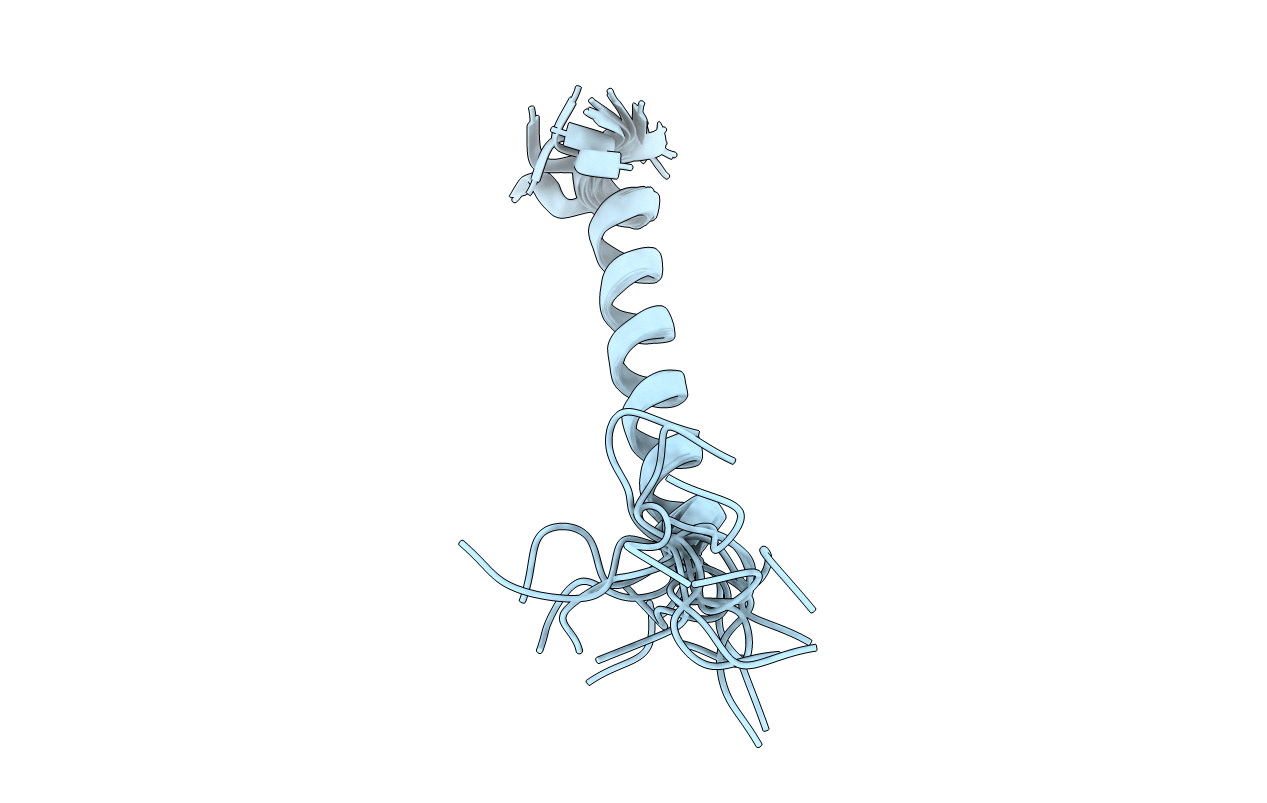
Deposition Date
2021-05-05
Release Date
2021-06-23
Last Version Date
2024-06-19
Entry Detail
PDB ID:
7OFO
Keywords:
Title:
NMR structure of the Bak transmembrane helix in lipid nanodiscs
Biological Source:
Source Organism:
Homo sapiens (Taxon ID: 9606)
Host Organism:
Method Details:
Experimental Method:
Conformers Calculated:
50
Conformers Submitted:
20
Selection Criteria:
structures with the lowest energy


